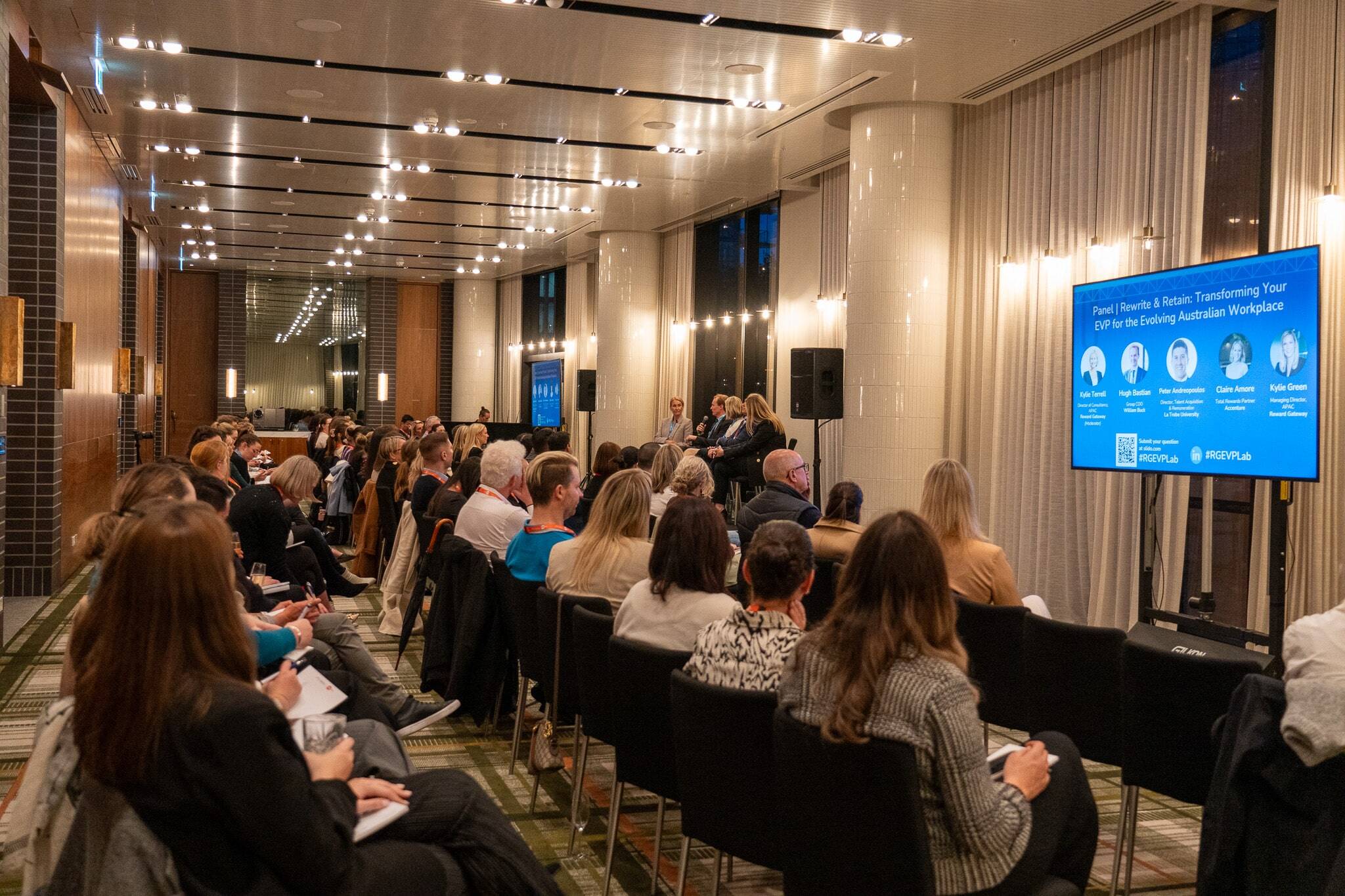
5 min read
As a former gymnast, I tend to be more than a little competitive. After all, there’s no greater feeling than winning, and at the same time, celebrating all the hard work that went into it! In HR, there are many opportunities to celebrate wins in the form of awards. (We even host our own award show for our clients.)
Over the years I’ve had my share of experience writing award-winning entries for many of these events, and in addition have sat on award judging panels.
This has helped me hone my specialist skills as an award-writer, learning what works and what doesn’t work.
Before I give you tips on how to write an award-winning application and “go for the gold”’ as they say, I want to point out something which may or may not be obvious. And that is that writing an awards entry is very different to writing an HR paper or presenting to the board. Yes, there are some similarities, but with the audience being different the approach needs to differ as well. Going back to my gymnastics analogy, doing a routine on the balance beam is quite different to doing one on the floor exercise. Here are a few ideas to keep in mind as you approach your next application:
Prove your ROI
Remember that you’re submitting an application because you have a point to prove, so what are those business proof points? Whether it’s employee savings, money saved through streamlining business expenses, increased employee engagement, decreased turnover or something different, numerical statistics are absolutely critical to any entry. In fact, many judges will dismiss your entry if you don’t include statistical results, as they’ll think it’s too “fluffy.”

Tell your story
Key to winning an award is being noticed and having your award entry stand out from the many others being submitted. One way to do this is through storytelling, taking the judge on a journey of what you’ve done and what you’ve achieved. By doing this you’ll not only get your ideas across, but do so in a much more effective and engaging way, leaving the judges with a lasting impression.
Add in your VOI
Beyond numerical proof, look to your anecdotes or “value of investment” stories to paint a picture of why your initiative stands out above the others. Do you have any quotes or stories from your leadership team and/or employees that explain the difference the initiative has made to the business or to an employee personally? As I mentioned, judges engage with and remember stories, and sometimes these stories are even more memorable than your numbers.
Be concise
Keep it punchy so that every word counts in your application. Check that your application fits the word count, and use bullets if and when appropriate so judges can grasp a lot of information quickly and easily. I suggest using what many writers call the “pyramid technique”: Start with your most important message, add in your second most important message and then add in your details and extra colouring at the end. Think to yourself: If someone were to read just the first two sentences, would they understand why we should win over others.
Be clear
I suggest letting someone outside of your own department give your application a test read to be sure that it’s clear, to the point and easy to understand. This is also why you should never leave an application to the last minute so you have time to edit and improve for a better shot at winning. Make sure that your application clearly answers the question or proves the category at hand — for example, if you’re applying for “Most creative communications” spend time on explaining the types of communications and the take-up, and not as much time on the benefit or initiative itself.
Be creative
One of the challenges with award entries is that you are limited to a number count, which is often quite limited. So be creative, and find ways to use supporting material to help you outside of the word count parameters. Add in quality imagery of your engaging employee communications, survey results, quotes or endorsements from your leadership team or the end-users. Make sure these items are compelling, and add to your story rather than distract.

When piecing together your application, it’s important to get all the right puzzle pieces in place.
So make sure you’re answering the why — why would these judges choose your entry, over others?
And how - how will you leave that lasting impression that will make the judges want to bring up your entry when they do their voting?
The next time you’re writing an entry, I hope you’ll keep these tips in mind. And as with any experience, remember that practice makes perfect. If you don’t win the first time, try a different approach with your next application. Here’s to your success!
 Debra Corey
Debra Corey




